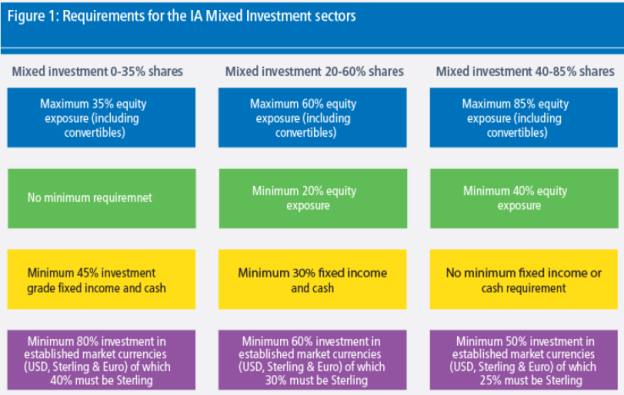
Variety, they say, is the spice of life and to some extent, that sentiment is true of an investment portfolio.
Obviously, everything depends on the individual clients' circumstances, financial capability, sophistication, tolerance for loss and appetite for risk. Some like a lot of spice; others have a palate more suited to bland, staple investments.
But for all types of clients, there are many types of (regulated) income-generating investments which can be put into a multi-asset portfolio. There are also unregulated ones which must come with advice, and then there are some that are probably best avoided.
The majority of multi-asset portfolios will contain some exposure to fixed income investments, whether funds investing in bonds, or individual bond securities.
These can include a host of fixed income securities with some very interesting names and make-up (Co-Cos or Pandas, anyone?) but essentially the most common mixture are sovereign bonds from any government, in any currency denomination; or investment-grade corporate bonds - again, from any country and in any currency; as well as higher-risk, lower-rated credit (often called 'junk bonds').
But when spreads are tight between all the various types of bond, and the yields are compressed, investors need to look beyond the realms of pure credit to find their desired levels of income.
The three main Investment Association sectors which contain the lion's share of multi-asset and multi-manager retail investment funds are Mixed Investment 0-35% Shares, Mixed Investment 20-60% Shares and Mixed Investment 40-85% Shares.
As the table below, provided by Aviva Investors, shows, fund managers whose multi-asset portfolios sit within these three sectors do have some flexibility in terms of what they can invest in, within certain parameters.
Equity income
This is why multi-asset funds will also seek to diversify across other types of income-generating investments.
Patrick Norwood, insight analyst for Defaqto, explains: "One of the most common strategies is diversifying across the different asset classes likely to produce income, such as equities that are expected to pay high dividends, bonds and property."
Equity income has indeed proved popular over recent years, particularly as listed companies in the UK, US and even in Japan and China have started to raise or issue dividends to shareholders.
Bob Szechenyi, investment director for Rathbones, comments: "As a house predominantly invested in equities, we would derive most of our income from shares.
"However, we believe it’s important to diversify your sources of income, and would most likely use a combination of equities, fixed income strategies and property vehicles."
Derivatives
Another way of generating and maintaining an income payout is through the use of derivatives within a multi-asset portfolio. Essentially, this is akin to an 'insurance' on the portfolio, making sure that even in a tough environment, the fund will be able to meet its income obligations to clients.
Mr Norwood comments: "In this case the fund will seek to sell call options (usually monthly), on the individual positions held within the portfolio.









